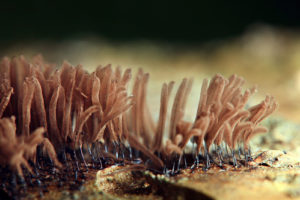Where to Look for Mold in NYC Apartments and Co-ops

Know the Facts About Mold.
Due to the combination of aging buildings and increased consumer awareness, there has been a significant increase in lawsuits involving mold and fungus in NYC apartments and co-ops. Here are three red flags that could signal the right conditions for mold development.
1. Leaks from Neighboring Units
If an upstairs or next-door unit experiences a broken pipe or flooding, mold could be developing out of sight behind your apartment walls. Water leaks are actually more common in newer buildings, which use plastic instead of copper or galvanized steel for water lines.
2. Blocked PTAC Units
A packaged terminal air conditioner, or PTAC, is a self-contained heating and cooling system often found in apartment buildings and condominiums. These units are installed through the wall and require twice-yearly maintenance. If the drain becomes clogged because of a dirty filter, the condensate pan will leak and the damage can go undiscovered until it’s too late.
3. Broken Washing Machine Hose
Even today’s high-end washing machines usually come with rubber hoses that eventually develop leaks. You can head off damage by replacing the original hose with one that’s wrapped in stainless steel, which can be purchased fairly inexpensively at hardware or home improvement stores.
Stern Mold: Your #1 Choice for Mold and Fungus Removal in NYC
Traditional mold and fungus remediation involves removal of affected surfaces, which often results in scattering mold spores throughout the home. Our non-invasive MoldExterm system usually takes no more than a day and includes a polymer sealer to resist future mold infestations. Contact us to schedule your free mold inspection by our friendly and professionally-trained technicians.
